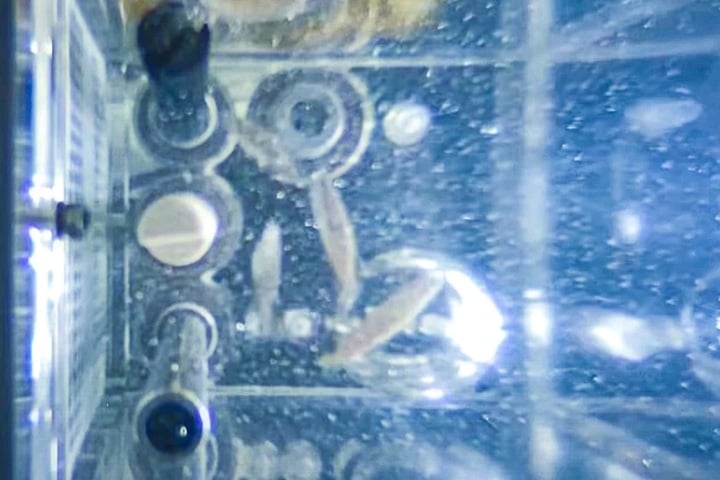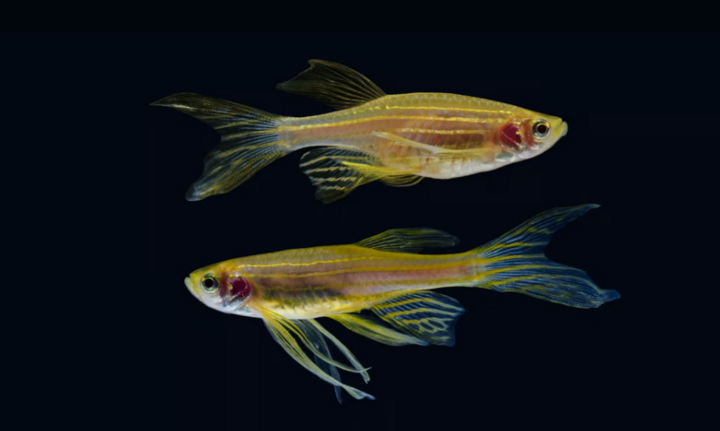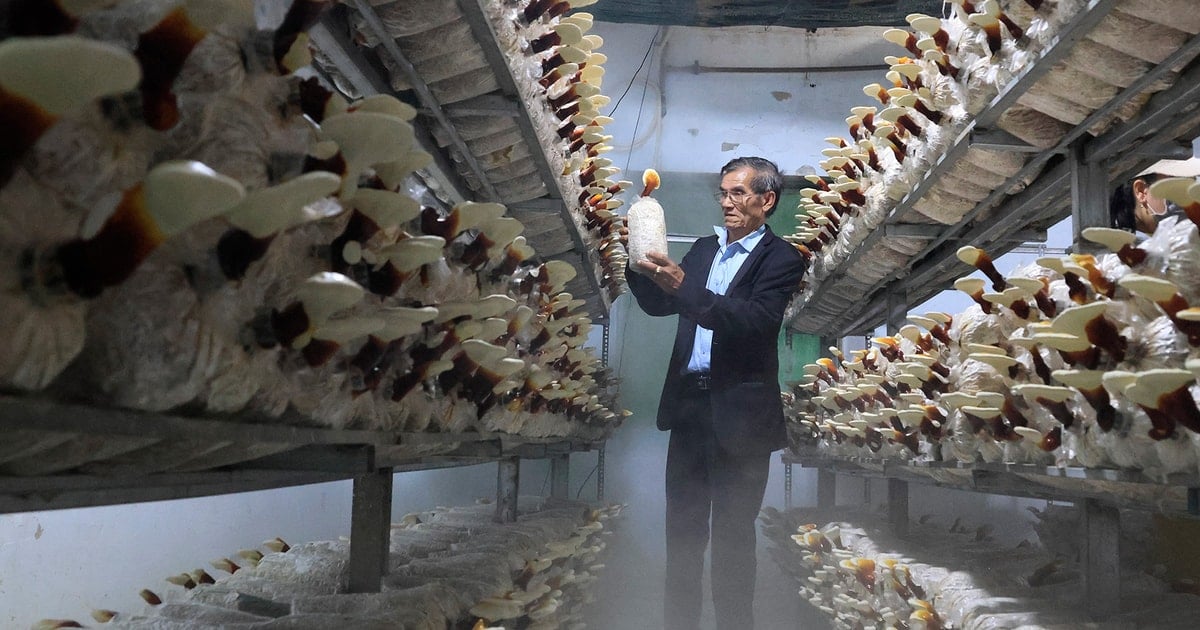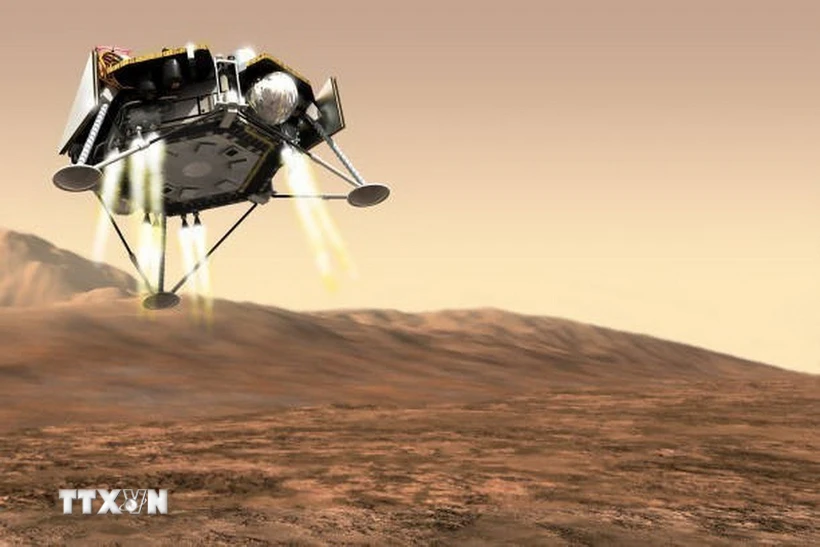According to SCMP , a group of zebrafish spent 43 days living on China's Tiangong space station, nearly three times longer than the previous record set by a similar experiment on the International Space Station (ISS).

Zebrafish swim inside a closed underwater ecosystem at China's Tiangong space station. (Photo: CCTV)
A group of four zebrafish along with a population of zebrafish plants, launched into orbit on the Shenzhou-18 spacecraft on April 25, are part of a project to create a self-sustaining ecosystem to study the effects of microgravity and radiation on the species' development and growth.
According to the paper published in The Innovation , the zebrafish went through their natural developmental stages — from growth, development to reproduction — in 43 days, setting a record for ecological experiments in space.
“This milestone not only marks the advancement of China’s space ecosystem technology, but also provides valuable data and technical support for closed ecosystems in space missions,” the authors said.
This achievement was made possible by the innovative closed water ecosystem (CAES) on the Tiangong station, which includes a bio-regeneration life support system, a gas balance control system, and a microbial treatment system.
Intelligent and automated control systems within the closed ecosystem, such as the installed sensor system, monitor water quality parameters such as pH and conductivity to ensure a safe and sustainable underwater habitat. CAES is also equipped with a liquid pump that enhances the exchange of nutrients between the fish and plant chambers.
Developing advanced life support systems is a necessary step for future space exploration. “This advance will certainly pave the way for humans to live and operate in space for long periods of time, bringing the vision of long-term life and survival in space closer to reality,” the researchers concluded.
The survival time of the Chinese zebrafish group surpassed the previous record held by a German team of scientists, when they kept a swordtail fish alive in a closed, balanced aquatic system during the STS-90 Neurolab mission aboard NASA's Columbia space shuttle in 1998 - a cutting-edge project to study the effects of spaceflight on the nervous system.

Zebrafish have many unique features and share more than 70% of their genes with humans. (Photo: Shutterstock)
Zebrafish are widely studied in the life sciences and biomedicine because of their unique advantages, including having more than 70% of their genome identical to humans. Their short reproductive and developmental cycles and transparent eggs also allow scientists to study their internal characteristics as they grow.
As scientists learn more about the various effects of microgravity on the human body — from bones to the heart and brain — researchers have found zebrafish to be an ideal biological model for such experiments.
Space studies of zebrafish began in the 1970s, when they were first launched into space on the Russian Salyut 5 space station mission.
Other fish species are also being studied in space. Japanese scientists studied how reduced gravity affects tissue structure and bone remodeling by observing genetically modified squirrelfish in space. Their results, published in the journal Scientific Reports in 2015, showed that the mineral density of the fish’s pharyngeal bones and teeth decreased after 56 days on the ISS.
Although zebrafish on the Tiangong station can maintain their lives for a long time, they show unusual orientation in microgravity conditions, such as swimming upside down, spinning and swimming in circles, according to the Shenzhou-18 crew.
On November 4, astronauts Ye Guangfu, Li Cong and Li Guangsu returned to Earth after 192 days in orbit, along with dozens of scientific experimental samples, including microorganisms, alloy materials and nanomaterials that are difficult to manufacture on Earth.
They also returned water samples containing fish eggs and other specimens, along with video recordings of the zebrafish's spatial behavior.
Scientists hope to use the material samples to learn more about the impact of the space environment on the growth, development and behavior of vertebrates, and to aid research on material cycles in enclosed space ecosystems, according to Xinhua .
Source







![[Photo] Closing of the 11th Conference of the 13th Central Committee of the Communist Party of Vietnam](https://vstatic.vietnam.vn/vietnam/resource/IMAGE/2025/4/12/114b57fe6e9b4814a5ddfacf6dfe5b7f)
























![[Photo] Overcoming all difficulties, speeding up construction progress of Hoa Binh Hydropower Plant Expansion Project](https://vstatic.vietnam.vn/vietnam/resource/IMAGE/2025/4/12/bff04b551e98484c84d74c8faa3526e0)































































Comment (0)